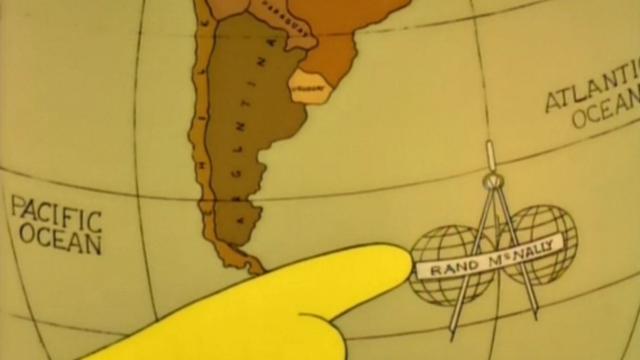A recent study has revealed the average cost of 1GB mobile data in most countries of the world. Some are incredibly cheap. Others will make spit out your morning coffee. And as it turns out, Australia isn’t doing so bad.
Comparison site cable.co.uk released the data in early July, revealing which countries had the cheapest and most expensive average mobile data costs.
Australia came in at #16 with an average cost of $US0.68 per 1GB. In Aussie dollars that works out to be about $0.95. We’ll convert all the prices from now on.
Almost one dollar per gig might not sound great, but out of the 155 countries included in the study, it’s not bad.
But how did we fare compared to some other countries?
Cheapest mobile data in the world
The country with the cheapest average in the world is India. On average 1GB mobile data costs just $0.13. According to Visual Capitalist, this is a 65 per cent decrease from 2019.
The publication cites aggressive market competition for the extremely cheap mobile data costs.
For example, Indian telco Reliance Jio has a 25GB/month postpaid 4G plan that costs the equivalent of $3.74.
The telco is also said to have offered customers free trials and plans for less than $2/month when it initially launched in 2016. Competition was subsequently forced to lower their prices.
Here’s the top 5 countries for average cheap mobile data:
- India: $0.13
- Israel: $0.15
- Kyrgyzstan: $0.29
- Italy: $0.60
- Ukraine: $0.64
[related_content first=”1220248″]
Most expensive data in the world
On the flip side there’s also some very expensive data out there. Malawi tops the chart with an average of $38.43 per gig. Here’s what the top 5 average for expensive data looks like:
- Malawi: $38.43
- Benin: $38.17
- Chad: $32.71
- Yemen: $22.41
- Botswana: $19.45
The majority of countries on this list are in Africa. According to Quartz Africa, lack of infrastructure and competition are the reasons for the enormous prices. This has resulted in small, strained networks with high monetary barriers to entry.
You can check out the average prices of each included country right here.
